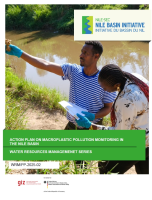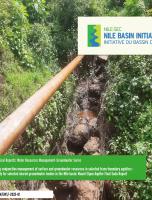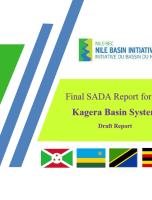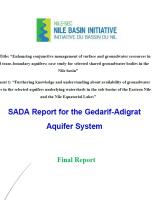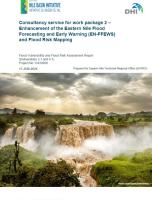Abstract
Wetlands provide a wide range of ecosystem services that contribute to human well-being (MEA 2005a): For several thousand years, river landscapes have been used as settlement areas, infrastructure and production areas. They provide drinking and process water, flood control, draught mitigation, essential goods, products and raw materials for local livelihoods, offer recreational opportunities and have a cultural and aesthetic value. Population growth, economic development, the increasing intensification of freshwater (-resources) and land use (infrastructure development, land conversion, water withdrawal, eutrophication and pollution, overharvesting and overexploitation, and
the introduction of invasive alien species.) are the primary direct and indirect drivers of the degradation of wetland ecosystems. The associated changes lead to a shift in the available functions and the associated services of river landscapes and are the reasons why the degradation and loss of wetlands is more rapid than that of other ecosystems wetlands.
In order to counteract this development, there is a need to (1) identify and assess their (potential) availability as well as the actual demand and to (2) improve awareness of the importance of ecologically functional river landscapes. Decision-making process may benefit from the processes and the results of ecosystem service assessments (ES) since these approaches are fostering additional knowledge about the effects of management activities.
The concept of ES originated in the 1970s and gained importance in environmental discussions in the 1990s. According to the “Millennium Ecosystem Assessment”, ES are the interface between ecosystems and human well-being and can be defined as the benefits that humans can derive from ecosystems (MEA 2005b). Some examples of these linkages between ES and certain components of human well-being (whereby it’s important that intensity of linkages and the mediation potential are dependent on ecosystems and regions) are highlighted in Figure 1 (classification systems are described in Chapter 1.2). Vemuri and Costanza (2006) also found a significant relationship between natural capital (in terms of ES) and life satisfaction. The concept of ES thus also represents an important approach to making services and functions provided by ecosystems tangible and to communicating their significance to various stakeholder groups. Therefore the ES concept can also play an important role in knowledge transfer and in demonstrating the importance of ecologically functional river landscapes (e.g. Böck 2016); Poppe et al. 2016)
